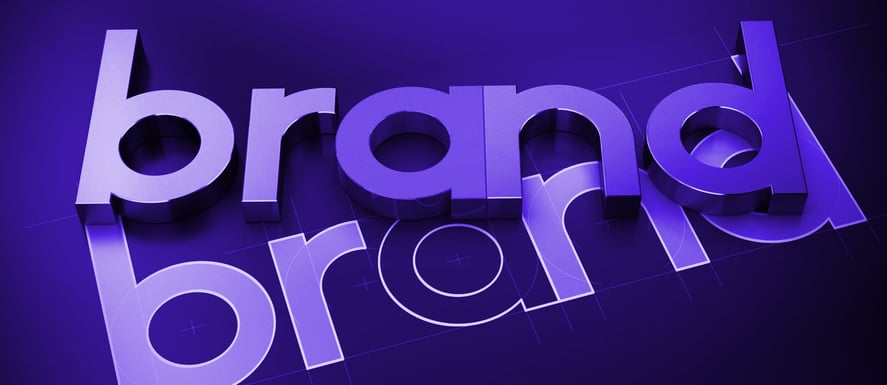
Like people, brands are complex. They take a lot of work to raise; they go through many changes during their lifetime and require special care to reach their greatest potential.
What is a brand?
Branding is an essential component of building a prosperous company, organization, or career. But I find that there are so many misunderstandings about what makes a brand, how to do branding, and ultimately how to build a successful brand. Because of this, I find that to make a significant change; we always need to start with an understanding of what a brand is.
So, what is a brand? This question is as simple as it is complicated – check out this article where I cover four key topics:
- How we define a brand
- The difference between a brand and branding
- How to express your brand through brand touchpoints
- Brand Touchpoint Activity
I was taught long ago that a brand is not a logo, and I've seen this recently on LinkedIn. I don't want to name any names, but I thought it would be helpful to share my perspective.
For me, a brand IS a logo. It's a website, it's a brochure, it's your product, it's your service, it's your positioning, your mission, vision, and values. It's all of these things combined.
So what is a brand then? A brand, simply stated, is an identity. It is a way of being that is expressed over time. It's a living, breathing thing that often changes.
Take a person, for example. You might have someone that's introverted or extroverted; maybe they like to read a lot, hang out with friends. Maybe they spend most of their time with family or in the great outdoors. This is what defines them. This is what defines their identity. And a brand operates very much the same way.
What is branding?
Branding is the activity or process of expressing identity. Brand identities are expressed in three ways:
1. Physical
Physical branding involves anything that is tactile by nature. Physical branding might include your outdoor ad campaigns, program brochures, and print collateral.
2. Digital
Digital expressions are essentially anything that prospects engage with online or on a screen, including your social media accounts, your website, and emails.
3. Experiential
Experiential branding means the sights, the smells, and the sounds that accompany your brand. These are particularly important for brands that have physical locations.
Think of your favorite local cafe: it has a specific smell, a particular style of decor, and even the cleanliness of the bathroom is part of the brand experience.
What is a brand touchpoint?
The places where your brand is expressed are called touchpoints. So a brand identity is expressed through the process of branding, and a touchpoint is where that sensation is transferred.
A touchpoint is where your audience interacts with your brand. It's what allows a brand to be recalled. It's what allows a brand to be purchased. It's what allows your audience, your brand tribe, to continue to grow.
It's the sensation that's transferred from your identity to the audience, which makes a touchpoint so important.
Branding Activity
This worksheet will help you articulate and document your brand’s touchpoints.
Directions
For the key activity, you'll make a list of all your brand touchpoints. There will be some obvious ones (e.g your website, brochure, storefront), but think through some of the non-obvious ones (your bathroom, email signature, how you answer the phone.)
- Set a timer for five minutes and list as many physical brand touchpoints as possible.
- Repeat this process for the digital and experiential categories.
Remember: Don’t edit yourself during brainstorming. Write down everything that comes to mind. Whenever you discover or think of an additional touchpoint, add it to this list.
Learning Outcomes
Now that you have a list of all your brand touchpoints, you can refer to this list any time you want to improve or refresh your brand. You can also begin evaluating which touchpoints are most important to your prospects and current customers.
Note: More touchpoints may come to mind or be created in the future. Make sure to add those to your list as needed.
Recommended Reading
If you want to learn more about higher education branding, check out these resources:
- Defining the Essence of a University: Lessons from Higher Education Branding
- Internal Branding and University Branding
- Section 4. Approach to Creating a Higher Education Brand
- The Branding of Higher Education











